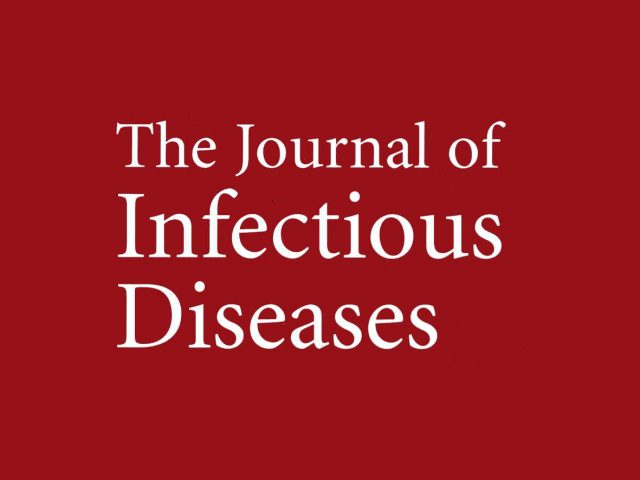COVID-19 was initially identified in an outbreak of viral pneumonia in Wuhan in December 2019, and has now been recognized in 77 countries with over 90,000 laboratory-confirmed cases and over 3,000 deaths as of 3 March 2020 [1]. The epidemiology of COVID-19 has recently become clearer as incident cases continue to rise and researchers refine estimates of the severity, transmissibility, and populations affected. Based on available data, COVID-19 is efficiently transmitted in the community, and the proportion of infections leading to severe illness is particularly high among adults ≥50 years of age and among individuals with comorbid health conditions. Although rare, severe cases have also been reported among younger individuals. Thus far, the estimated basic reproductive number (R0) of COVID-19 is higher than that of influenza [2], as is the case fatality risk for adults and older individuals.
An estimated 80% of COVID-19 cases are mild [1]. This is not a glass half full statistic, as 20% of infections result in clinically severe cases that have the potential to overwhelm already overburdened health facilities. Given the lack of vaccines and effective antivirals, nonpharmaceutical interventions (NPIs) are the most effective available interventions for local and global control and mitigation of COVID-19. To date, measures aimed at slowing introduction of infection globally have included travel restrictions, isolation of confirmed cases, and quarantine of exposed persons. In the United States, NPIs have reduced the number of infected persons entering the country, but recent outbreaks in multiple US states make it clear that these measures have delayed but not prevented community transmission. In 2009, NPIs were able to delay large epidemic waves of pandemic influenza A(H1N1)pdm09 in some locations until after the summer, since influenza transmission tends to be reduced by higher temperatures and humidity. It is unclear whether COVID-19 transmission will be heavily affected by seasonal weather variation, given that transmission is now occurring in multiple tropical and sub-tropical locations.
